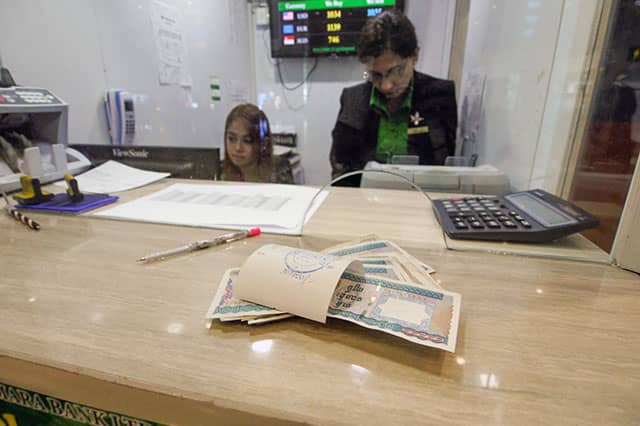Regulating SMEs - supporting or strangling?

What Myanmar needs is a simple definition of small and medium-sized enterprise. Myanmar also needs an effective advocacy body for small businesses. writes Vicky Bowman for Mizzima
In 2015 Myanmar adopted the Small and Medium Enterprises Development Law. It is debatable whether or not a law for SMEs is necessary. More important is for government and Parliament to ensure that all relevant laws and policies recognise the needs of SMEs before they are adopted. However, a Law is now in place, and in addition to the usual creation of Committees and other bodies, it seeks to define what a small or medium-sized enterprise is.
Most official international definitions of SMEs are based on permanent employee numbers. According to the OECD a micro-enterprise has 1-9 employees, a small one 10-49, and a medium-sized one 50-249. This limit of ‘less than 250 employees’ is used by the EU, although some countries set the limit at 200 employees, while the United States considers SMEs to include firms with fewer than 500 employees.
Despite national variations, there is a common recognition that number of employees is the simplest indicator of whether a business is an SME. The European Small Business Alliance (ESBA) recently affirmed this as an essential point, in its response to the review which the EU is currently undertaking of its SME definition.
 English
English မြန်မာ
မြန်မာ မြန်မာ (unicode)
မြန်မာ (unicode)










